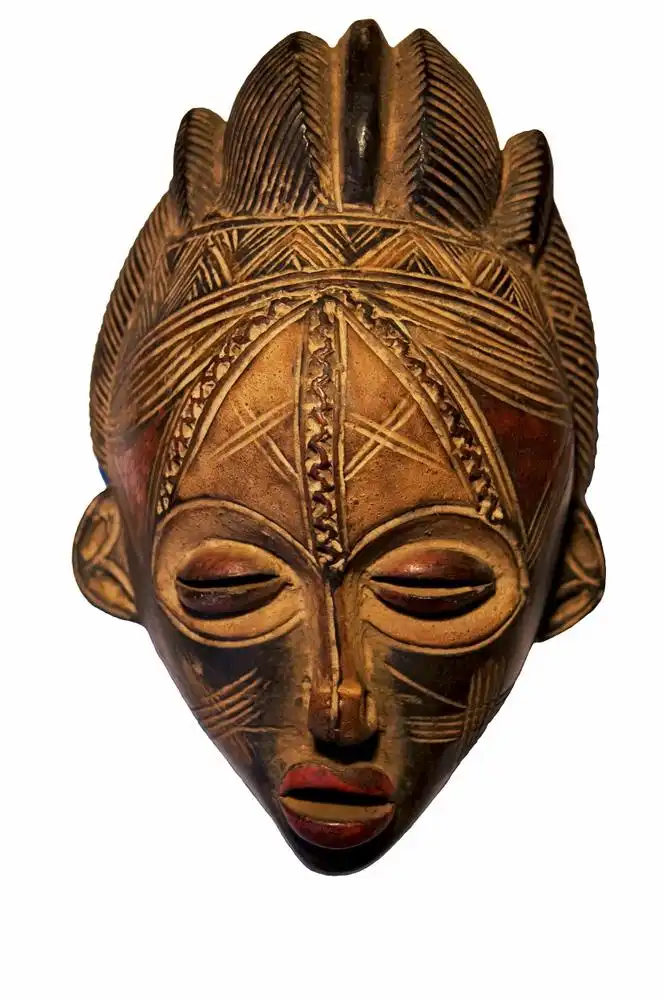Introduction
The narrator of The Tribal Verse, G.N. Devy, explains how India’s storied culture evolved from the oral traditions of the indigenous adivasi people. Nonetheless, the author addresses the need of maintaining ancient indigenous literature as she details how these rich sources are being destroyed as a result of increased urbanization and advancements in technology.
Summary
There has been a gradual development of Indian literary resources, with their origins in the literature and culture of the country’s indigenous peoples. Most Adivasi literature takes the form of chanting or singing, and is performed in an environment where the author is in intimate proximity to nature. This legend is passed down orally from one generation to the next.
Rapid urbanization, print culture, and commerce caused the loss of these resources and contributed to the marginalization of this group; thus, it is of the highest significance to conserve them.
Most tribal communities in India and the world are the same culturally. Their perspective regarding the world is quite different from that of modern-day society. They do not believe in cultivated imagination and have an acute sense of time.
Various tribes of India and their songs are sung at different times. These songs give us a small glimpse into the rich culture of tribals and their connection with nature. Also, it shows diversity among the tribals as in the case of the Munda tribe, songs are mostly sung during childbirth and in the case of the Kondh tribe song was sung during death.

Tribal mask
Most of the Indian tribes are bilingual. In modern society, translating this folklore into other languages led to a change in the flavour of the original sense of their culture. Most of the translations were in English which carries a colonial mindset and does not reflect the originality.
We will need to look from a new perspective regarding the culture and traditions of the tribals. Instead of treating them as folklore, we need to see them as rich sources of literature and need to preserve them.
Conclusion
Whether it’s art, literature, culture or traditions everything needs to be preserved as they portray our true culture. These are prized possessions which we get from our forefathers. Hence, they are the true treasures which need preservation and conservation.
Textbook Question and Answers
1. Identify the common characteristics shared by tribal communities all over the world.
Ans: Tribal communities have cultural similarities for example living close to nature and worshipping them and interlinking God and human beings. They live more by intuition than reason. They do not believe in cultivated imagination. They live beyond the materialistic aspect of life.
2. What distinguishes the tribal imagination from the secular imagination?
Ans. As tribes living close to nature interlink nature, human beings and GOD all together so their imagination admits fusion between existence and level of time in a natural way. For example in the tribal stories, we find the ocean flying in the sky like birds, stars growing like plants, mountains swimming in the water like fishes, etc which distinguish tribal imagination from secular imagination. Furthermore, according to them, stars, seas, mountains, etc can be angry, sad or happy.
3. How does G.N. Devy brings out the importance of oral literary tradition?
Ans: G.N. Devy talks about the richness of oral literary tradition by highlighting the songs and folklore of the tribals. This folklore is attached to nature and its daily routine activities. This folklore is passed from generation to generation and is very sacred and unique. These verses are based on imagination and playfulness. Hence, it needs to be preserved.
4. List the distinctive features of tribal arts.
Ans. Tribal art is considered to be unique and hallucinatory. Their close connection with nature is totally reflected in their art and that’s why it is considered sacred. The boundaries between art and non-art become almost invisible. They envisaged strict ordinary principles in their arts. Playfulness is the soul of their art. Their art is more relaxed, dynamic and bilingual in nature.
5. New literature is a misnomer for the wealth of the Indian literary tradition. How does G.N. Devy explain this?
Ans. According to the author, tribal literature passes from generation to generation orally and hence it is not considered to be new literature as their literature is very sacred. Since people were not aware of their verses and mostly these verses are translated into English which carries a colonial legacy does not employ the correct explanation of their verses. The literature of Adivasi is not a new movement, hence it needs another perspective to look at. It should not be considered simply folklore, or dialect, but as literature and tribal language.
Extra Questions
1. What is deteriorating social conditions of tribals?
Ans: Loss of tribal literature and language due to rapid urbanization, print culture, and trade contributed to the marginalization of tribal populations.
2. Why does the author distinguish between imagination and memory in understanding the tribal arts?
Ans: Tribal artists do not believe in materialistic aspects but rather work more on the basis of their racial and sensory memory. Their imagination is considered to be hallucinatory. They live in close contact with nature so they interlink humans, god, and nature altogether which is reflected even in their art like seas, mountains, etc can be sad, or happy. That’s why the author distinguishes between imagination and memory in understanding the tribal arts.
3. How are tribal people important to society?
Ans. These ethnic and indigenous people have played a vital role in conservation of environmental management and development process as they posse’s traditional knowledge which has been useful in Eco-restoration. It has been noticed that these people know how to live with harmony in nature.